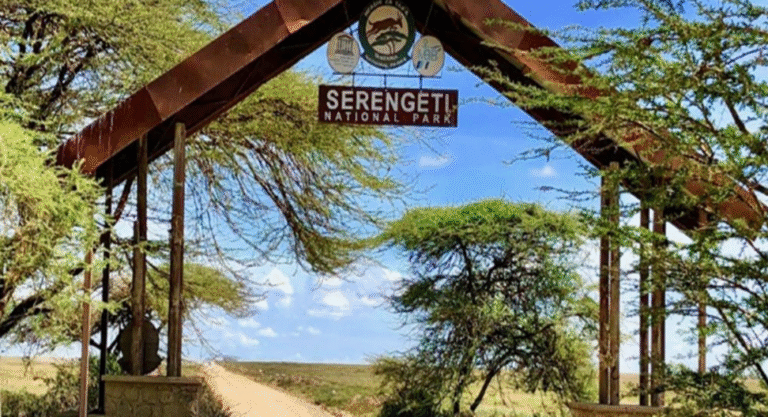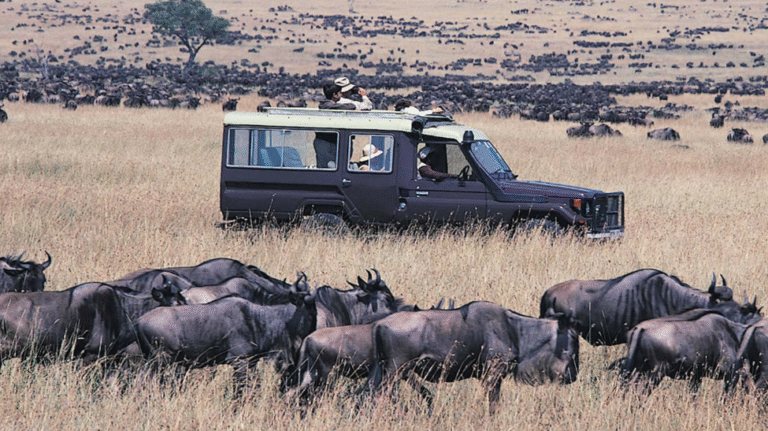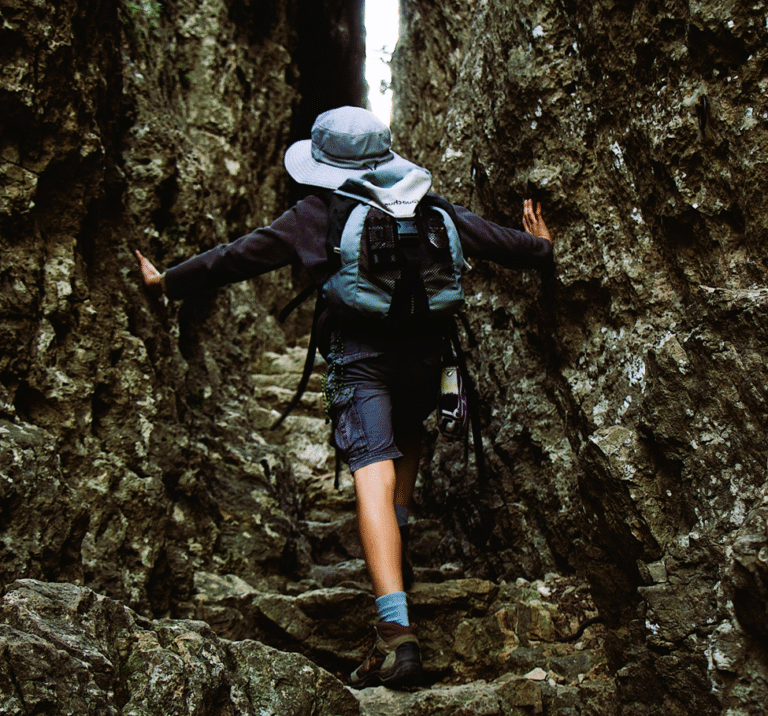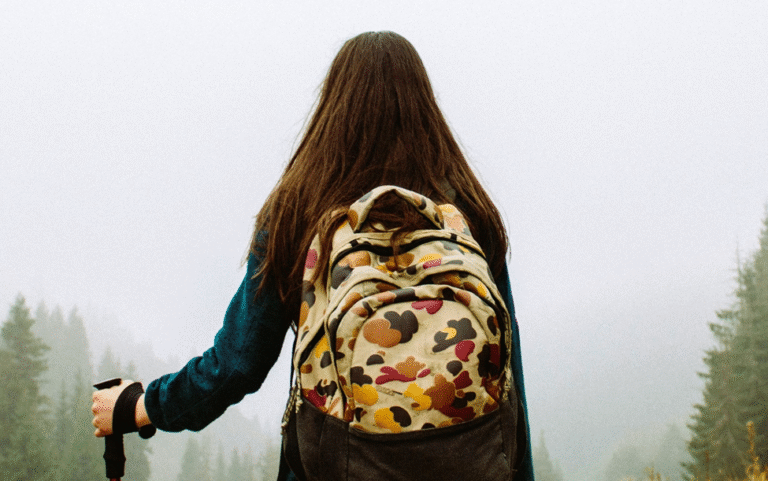
Solo hiking can be a satisfying experience. You may appreciate nature at your own leisure. The isolation provides both calm and a sense of adventure. However, safety is critical when hiking alone. Without a companion, you are more vulnerable to accidents and other dangers. Here are some simple tips for being safe while hiking alone.
Plan Your Hike Thoroughly
Preparation is essential for successful solo hiking. Begin by choosing a well-marked and maintained trail. Avoid taking new or long routes, especially if you’re a beginner. Determine the trail’s complexity, length, and potential hazards. A well-planned route decreases the risks of getting lost or meeting unforeseen obstacles.
Before you leave, check the weather forecast. Avoid hiking by yourself in bad weather or during hot weather. Because the weather in some places can vary rapidly, it is essential to plan for seasonal conditions. A hiker who is well-prepared has a lower risk of injury.
Inform Someone of Your Plans
Always let someone know your solo hiking plans. Share the specifics of selected trail and your expected return time. Inform them of key landmarks or stops along the way. If anything gets wrong, they’ll know where to search. Make them sure, they know when to contact help if you don’t return.
A simple call or message before leaving can make a difference. Choose a trustworthy person who will check on your safety. Having someone aware of your plans adds an added layer of safety when hiking alone.
Bring Essential Gear and Supplies
If you’re traveling alone, pack carefully. Don’t just pack the necessities. A list of necessities for hiking safety is as follows:
1. Be prepared to use a map and compass in the event that your GPS malfunctions.
2. To navigate while preserving battery life, use a GPS device or smartphone.
3. To treat minor wounds immediately, a first-aid kit is necessary.
4. Whistle: A signal for emergency rescue.
5. Pack extra food and water in case there are unexpected delays.
6. If you’re going for a midnight walk, bring a flashlight or headlamp.
7. Wear an additional layer of clothing to protect against sudden drops in temperature.
Just taking a quick hike calls for these items. It is simpler to deal with unforeseen situations when you are prepared.

4. Stay on Marked Trails
When hiking by yourself, stay on marked trails. Keeping to designated routes reduces the chance of becoming lost. Furthermore, pay close attention to all sign boards and way markings. Otherwise, you may encounter difficult terrain and become more difficult to locate if you depart the track. For this reason, marked trails are better maintained and safer for hikers. If the track becomes lost, stop and look at the map again. Additionally, keep an eye out for notable landmarks and peculiar features. Ultimately, one of the easiest ways to hike safely is to stay on the marked trails.

5. Keep Your Phone Charged
Your phone is a valuable tool in an emergency. Keep it fully charged before starting your hike. Bring a portable charger to extend your phone’s battery life if needed. Use your phone moderately during the hike to save power.
Most mobile phones have a GPS feature that works without cell service. This can help you determine your coordinates if needed. In case of emergency, a charged phone may be your best link to help.
6. Stay Aware of Your Surroundings
It’s important to pay attention to your surroundings when hiking alone. Pay attention to sounds that can indicate danger, such as approaching animals or unexpected storms. Keep a close eye out for any indications of wildlife, changing weather, and changing trail conditions. Headphones should be avoided since they can obstruct important sounds. To identify such dangers, you must be watchful and use all of your senses.
7. Prepare for Wildlife Encounters

Hiking is good, but first prepare yourself for the wireless interactions. Here are some pointers for staying organized and secure when hiking by yourself:
1. Use all of your senses to be alert; keep away from equipment that filter out important sounds, such as headphones.
2. Find out what common animals are in the area you are traveling to and what their behavior is like.
3. Understand which animals are dangerous and how to handle them if encountered.
4. To reduce the risk, keep making noise at intervals, such as ringing a bell or clapping your hands, to avoid a sudden encounter.
5. If you’re heading to a bear region, make sure you have bear spray with you.
6. Additionally, try to stay on designated trails because animals tend to avoid them, which may lessen encounters with wildlife.
7. Pay attention to restrictions and posted signs and avoid taking shortcuts.
8. Know Your Limits
Solo hiking can be difficult on both a mental and physical level. Select a trail that is suitable for your level of fitness. Don’t force yourself to finish a challenging trail by yourself. Injuries from overexertion might make a safe comeback difficult.
When necessary, take breaks and drink plenty of water. Follow your gut; if something makes you uncomfortable, think about going back. You can enjoy the hike and stay safe if you know your limits.
9. Avoid Hiking in the Dark
It is not wise to hike alone in the dark as it is more dangerous. Make sure to schedule your hike so that you can finish before sunset. Be prepared with a flashlight in case you find yourself on the trail at nightfall. There is a greater chance of tripping or missing route markings when moving in poor light.
Additionally, darkness may make it more difficult for search and rescue to find you. To prevent being caught on the route at night, set a turnaround time. Another degree of safety is added by adhering to daylight hours.

Solo Hiking Safety
Solo hiking is a best way to get in touch with nature. It offers independence, liberty, and a feeling of achievement. But it takes more preparation and attention. You’ll be ready for the difficulties of hiking alone if you notice these safety recommendations.
Never forget to stay alert, plan ahead, and be conscious of your limitations. Hiking by yourself may be a fun and safe experience if you plan ahead.
FAQ’s
What should I do before head out on a solo hike?
What essential items should I bring a solo hike?
How can I stay aware of my surroundings while solo hiking?
What should I do if I encounter wildlife while hiking alone?
What are some tips to stay safe if I get lost?






